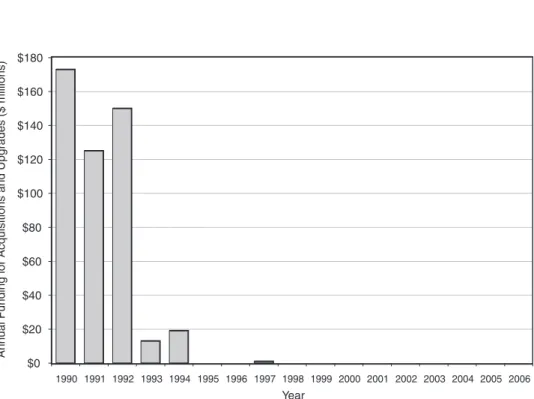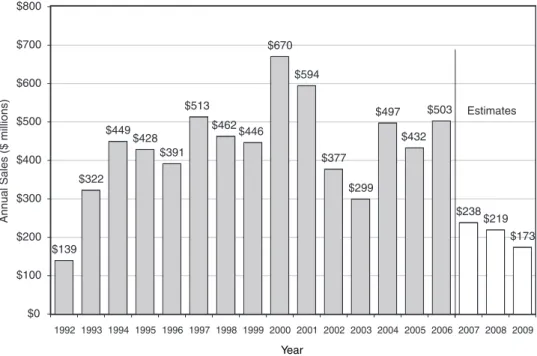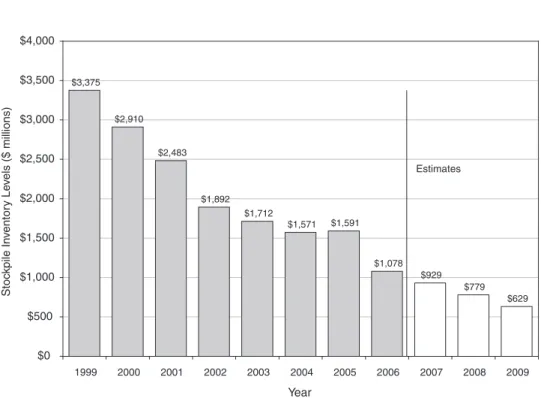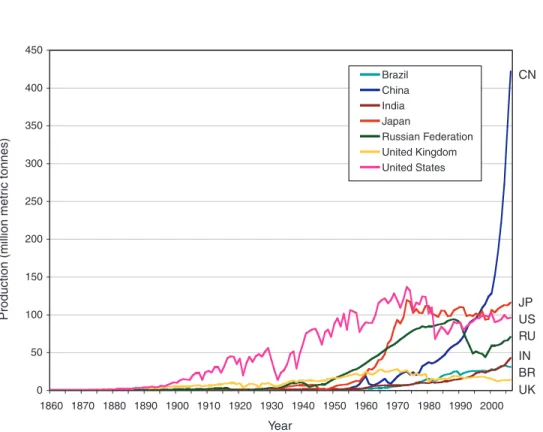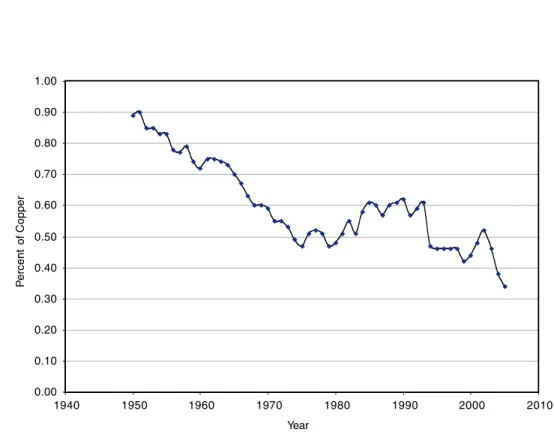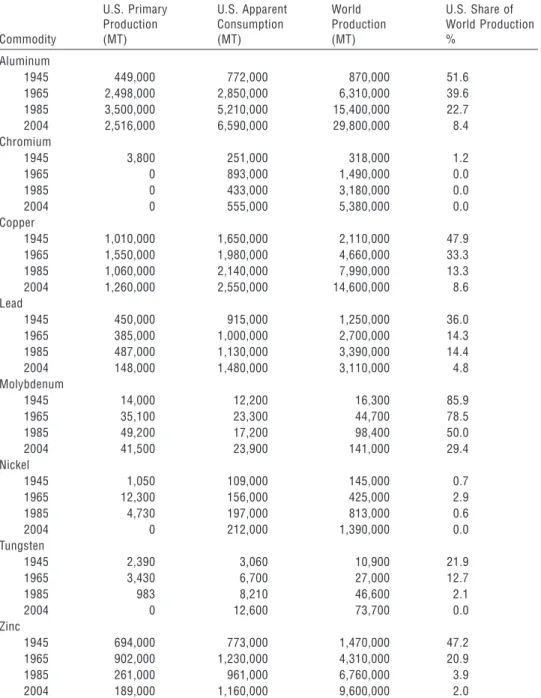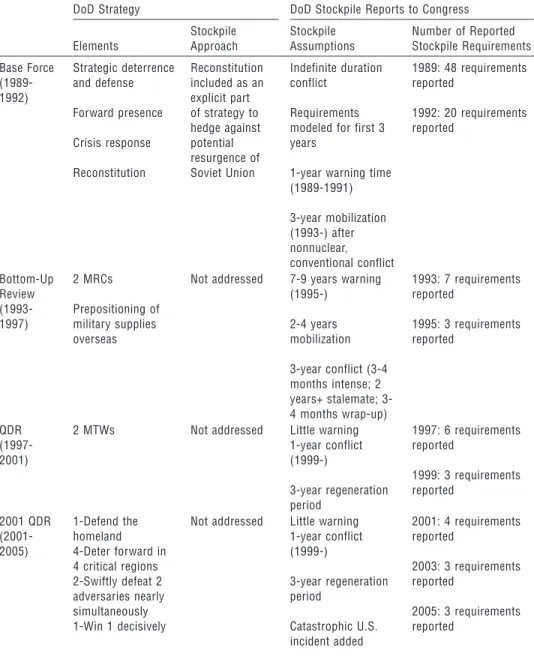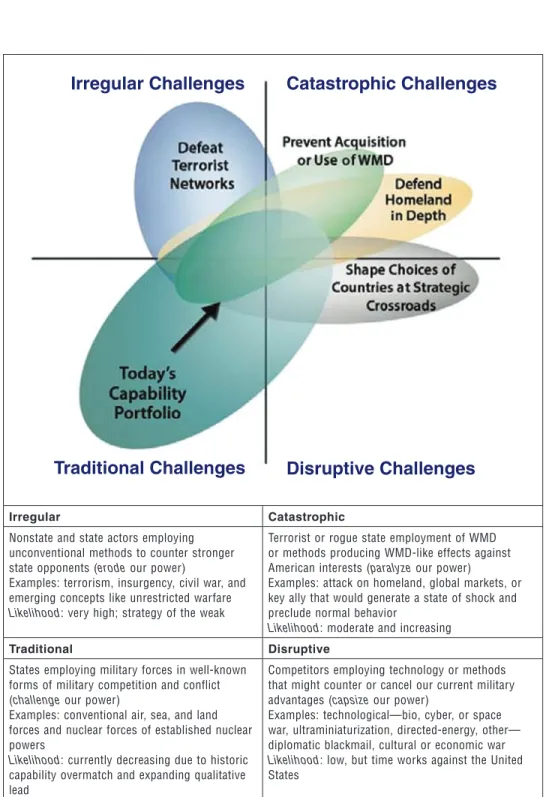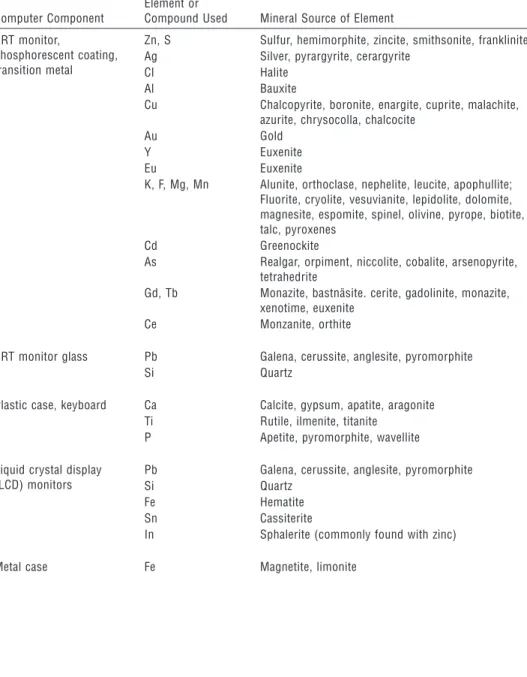The members of the committee responsible for the report have been chosen for their special competences and with an eye for an appropriate balance. The National Academy of Engineering was founded in 1964, under the charter of the National Academy of Sciences, as a parallel organization of outstanding engineers. The Institute of Medicine was established in 1970 by the National Academy of Sciences to secure the services of senior members of appropriate professions in researching policy issues related to the health of the public.
In the report language for the 2006 National Defense Authorization Act, the Armed Services Committee of the US. This committee is grateful to the members and staff of the Committee on Critical Mineral Impacts on the USA. In this context, the Defense Stockpile Assessment Committee of the National Research Council (NRC) was asked to assess the ongoing need for and value of the NDS.
The design, structure, and operation of the National Defense Stockpile render it ineffective in responding to modern needs and threats
In response to this allegation, the committee reviewed previous government-sponsored studies and stockpile legislation. His report examines the current needs of defense materials, the changes in the way defense requirements and system requirements are created, and the dramatic changes in the global supply and availability of materials. Other policies related to the needs of the defense industry are considered, as well as other available tools to ensure a continuous supply of materials.
The committee concluded, based on the preponderance of evidence, that it believes that the operation of the current NDS is disconnected from actual national defense materiel needs in the twenty-first century and from national defense strategies and operational priorities. Although there have been frequent changes in legislation and policy governing military planning and operations, there have been no accompanying changes in the design or operation of the NDS.
A lack of good data and information from either domestic or offshore sources on the availability of materials impedes the effective man-
The framework for a materials management system must reflect current geopolitics and take into account that US. After considering what tools, in addition to or instead of a stockpile, could help ensure a continuous supply of material, the committee concluded that a whole new approach was needed. It found that the private sector – focused on agility and efficiency and directly affected by the availability of global materials – embraced the concepts of supply chain management.
Where stocks of industrial materials or parts in the private sector appear to be urgently needed, they are used, but only sparingly. Identifying the materiel needs of the twenty-first century military, understanding the risk of disruptions in supply chains for those materiel, and planning measures to mitigate the impact of increased requirements and unexpected input shortages require a systematic and coordinated policy response. .
To meet the national strategic objective of assuring the timely availability of materials necessary to maintain the national defense
Despite any future decisions by the Secretary of Defense regarding the implementation of a new system, the committee provides some general operating principles.
The operation of a system for managing the materials needed for national defense should be guided by the following general
The federal government should improve and secure the systems for gathering data and information—both at home and abroad—on
1 The stockpile operating under the Strategic and Critical Stockpiling Act (50 U.S.C. 98a et seq.) was created shortly before World War II (June 7, 1939). A selection of these reports is summarized in Chapter 2, which also discusses the history of the NDS. The committee notes that the performance and future of the national defense stockpile has never been high on the agenda of DoD leadership, nor does it appear to be now.
Paraphrasing the charge for this study, the commission was asked to assess the need and continuing value of the SKZ. The committee is concerned by the inability of the SDF to adapt to this changed context, as manifested by the serious lag between the evolution of the U.S. SDF does not appear to be integrated into DoD force structure planning. .
It is a reasonable policy position that the advent of global supply of materials — and even parts — to industries that manufacture DoD systems reduces the risk of "dangerous and costly dependency," the term used in the law that defines the purpose of NDS. However, the committee became convinced during the investigation that the growing greater demand from major developing economies, the recent decline in capacity in the United States. The committee was also convinced that, despite the ineffectiveness of the current configuration of the NDS, there is still a role for the federal government in the active management of the supply of materials for defense systems.
The committee notes that the dynamics of the availability of a material varies greatly depending on whether it is a primary product of a mineral deposit (such as copper); a by-product (such as molybdenum); or a tertiary product (such as rhenium). In summary, the committee's analysis, outlined here and described in detail in the report, identifies a potential for disruption in the supply of materials and minerals critical to US Section 843 of the John Warner National Defense Authorization Act for Fiscal Year 2007 (Public Law) 109-364) directed the Secretary of Defense to establish the Strategic Materiel Protection Board (SMPB).
S. MINING AND PROCESSING SECTORS
This increase in foreign dependence makes the United States more vulnerable to disruptions of the. Instructions to the committee indicated that the composition of the stock was now being reviewed. The agency in charge of the stockpile (Japan Oil, Gas, and Metals National Corporation, JOGMEC) can unilaterally undertake a release from the stockpile, without seeking the consent of its parent agency (METI) or the Japanese national legislature.9.
Vulnerabilities in the supply chain pose risks to the military's ability to respond. The elements of the conflict scenarios are first and foremost based on the guidelines in the legislation governing the NDS. It is clear that since the end of the Cold War, the need for the NDS seems to be diminishing.
In November 1979, the President released some chrysotile asbestos to the Department of Defense.
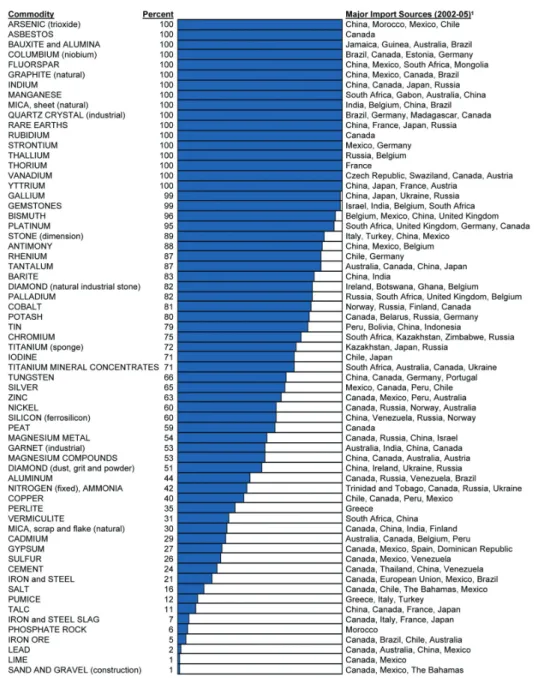
S. Defense Strategy
Jaffe, The Development of the Base Force - (Joint History Office, Office of the Chairman of the Joint Chiefs of Staff, July 1993). 3 Chairman of the Joint Chiefs of Staff, National Military Strategy (Washington, D.C.: Defense Technical Information Center, 1992). For the formal document (due in 2005 but delayed), see Office of the Secretary of Defense, 00 Quadrennial Defense Review.
Perhaps two of the four types of challenges are most likely to affect National Defense Reserves (NDS): traditional challenges (nation-state adversaries) and disruptive challenges (revolutionary technology and related military innovation). In total between 2002 and 2005, the countries that supplied REE to the world market, along with the share of demand they met, are as follows: China (76 percent); Occurs in very small amounts in pitchblende and some ores in the Democratic Republic of the Congo.
This use has been criticized because of the remaining uranium in the soil. In this regard, the reserve was not a stock in the sense of the petroleum reserve or the state-approved stock of medicines. Reininga is the current chair of the National Research Council's Council for Manufacturing and Engineering Design.
He graduated from the University of Oklahoma with a degree in business administration. He is currently working on an analytical study of the post-Cold War defense industrial base. Gessaman is a frequent lecturer on federal budget policy and processes at management development centers in the United States.
Gessaman retired from the federal government, he was the associate deputy director for national security in the Office of Management and Budget (OMB) in the Executive Office of the President.
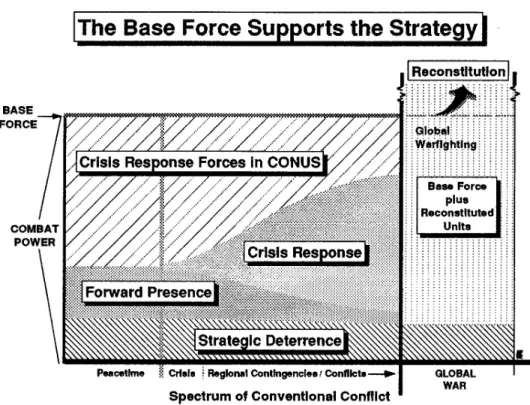
Patrick Looney is the assistant laboratory director for policy and strategic plan- ning at Brookhaven National Laboratory, where he oversees the lab business plan,
Major honors include the Industrial Research Institute's Maurice Holland Award and an award from the International Society for Technology Management. Bureau of Mines (BM), where he conducted field work, assessed mineral resources and prepared reports for over 30 forest service areas in the United States. His responsibilities there included domestic and foreign commodity industry policy, materials, facilities, manufacturing processes, and the supply and import of all strategic and critical materials in the National Defense Stockpile.
He coordinated and was responsible for the accuracy of all data and commodity information going to the Market Impact Committee and DNS and was responsible for emergency preparedness planning and actions related to the supply and demand of the bureau's commodities (a position of classified). Mory participated as a strategic minerals/materials expert for the Department of the Interior in the annual global war games at the Naval War College in Newport, Rhode Island. Mory joined the National Defense Stockpile Center as a senior industrial specialist and rose to become director of the Directorate of Market Research and Stockpile Planning.
He oversaw the development of the Annual Materials Plan detailing the level of sales for all materials in stock, which was submitted annually to Congress, and directed research into domestic and international marketing factors such as changes. Haas School of Business at the University of California, Berkeley, and a research associate of the National Bureau of Economic Research. Mowery taught at Carnegie Mellon University, served as a staff officer for the Panel on Technology and Employment of the National Academy of Sciences, and served in the Office of the U.S.
Trade Representative as part of the International Affairs Fellowship program of the Council on Foreign Relations. He has been a member of a number of National Research Council committees, including those on the Competitive Status of the US. He is currently vice chair of the Committee on Competitiveness and Workforce Needs of United States Industry and most recently served as a member of the NRC's National Committee Review of the Materials Advisory Board's nanotechnology initiative.
His research deals with the economics of technological innovation and the effects of public policies on innovation; he has testified before congressional committees and has been a consultant to the Organization for Economic Co-operation and Development, federal agencies, private companies and industrial companies.
